
Gold coins from the time of Justinian the Great found in northern Bulgaria
Five gold coins dating from the reign of Justinian the Great (483-565) have been found in Debnevo, the largest village in the Troy Municipality in northern Bulgaria. Justinian I, who ruled the Byzantine Empire from is an important historical figure known for his large-scale reforms and territorial expansion during his reign. Also known as “Justinian
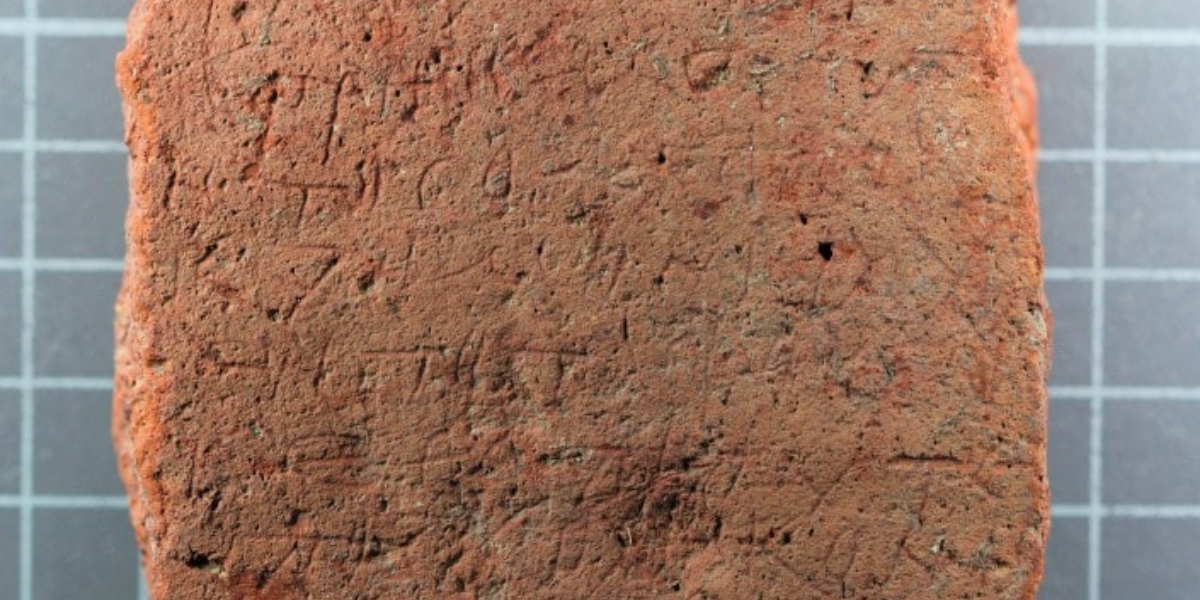
A talisman tablet believed to protect from all kinds of evil and enemies was unearthed in a tomb in Silifke Castle
A magical, talismanic tablet designed to protect against evil and enemies has been unearthed in Silifke Castle on Türkiye’s Mediterranean coast. The talismanic tablet was found inside a tomb. It was made to protect the owner of the grave or the grave. It was determined that the tablet belonged to the Byzantine Period. Silifke Castle
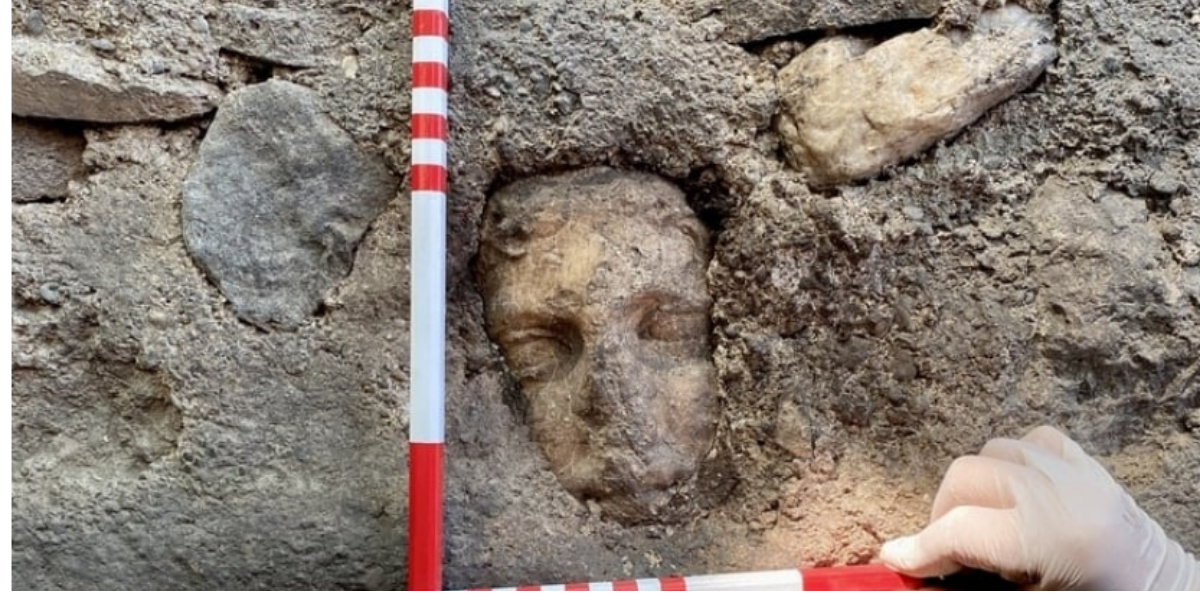
1800-year-old statue head in Fethiye Castle: May Belong to God Apollo!
During excavations in Fethiye Castle, a 1800-year-old statue head thought to belong to the god Apollo was found. Situated in the Fethiye district of Mugla province in southwest Türkiye is the Fethiye Castle. Situated close to the rock tombs on a hilltop overlooking the city is Fethiye Castle, one of the city’s most emblematic buildings.

5,000-year-old storage structure filled with mussel shells found at Yassıtepe Höyük
In the Yassıtepe Höyük (Yassı Mound) in Bornova district of Izmir, a 5 thousand year old structure estimated to have been used as a warehouse was discovered. The first settlement in Yassıtepe mound started 8 thousand years ago. Excavations at Yassıtepe yielded finds from the Neolithic, Chalcolithic, Bronze Age and also the Roman Period. The
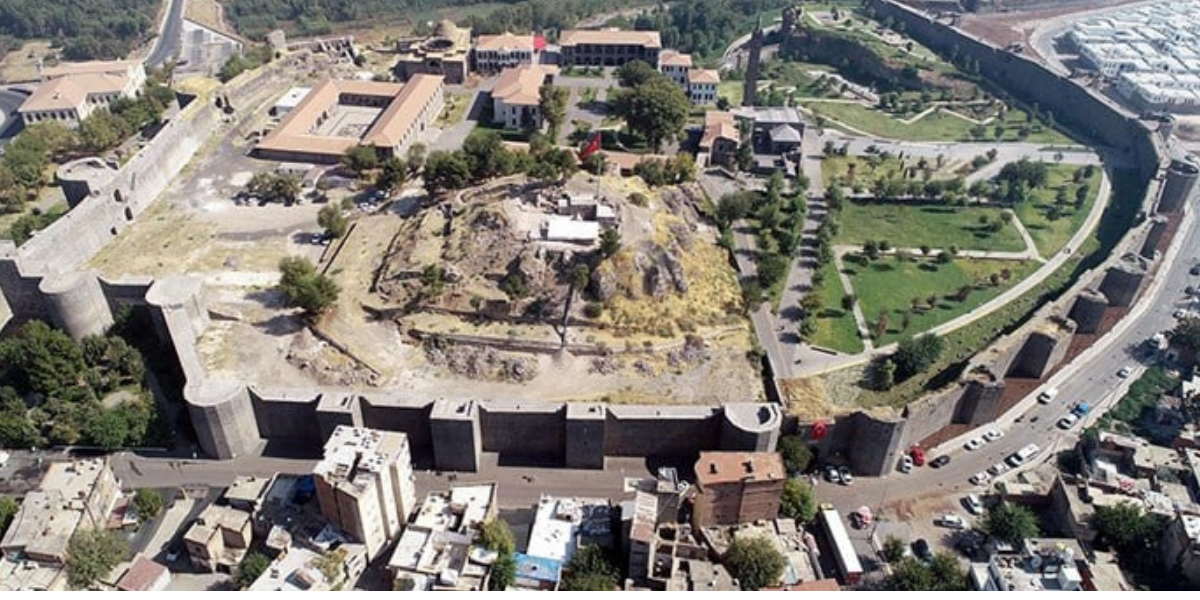
9,000-year-old Amida mound burned 3 times in history
It was confirmed by the analysis that the Amida mound, which has been a continuous settlement center for about 9,000 years, was burned 3 times in history. Amida mound is located northwest of the Sahaba Tombs at the Palace Gate (İçkale) in the central Sur district of Diyarbakır. Excavations at Amida mound, which has been
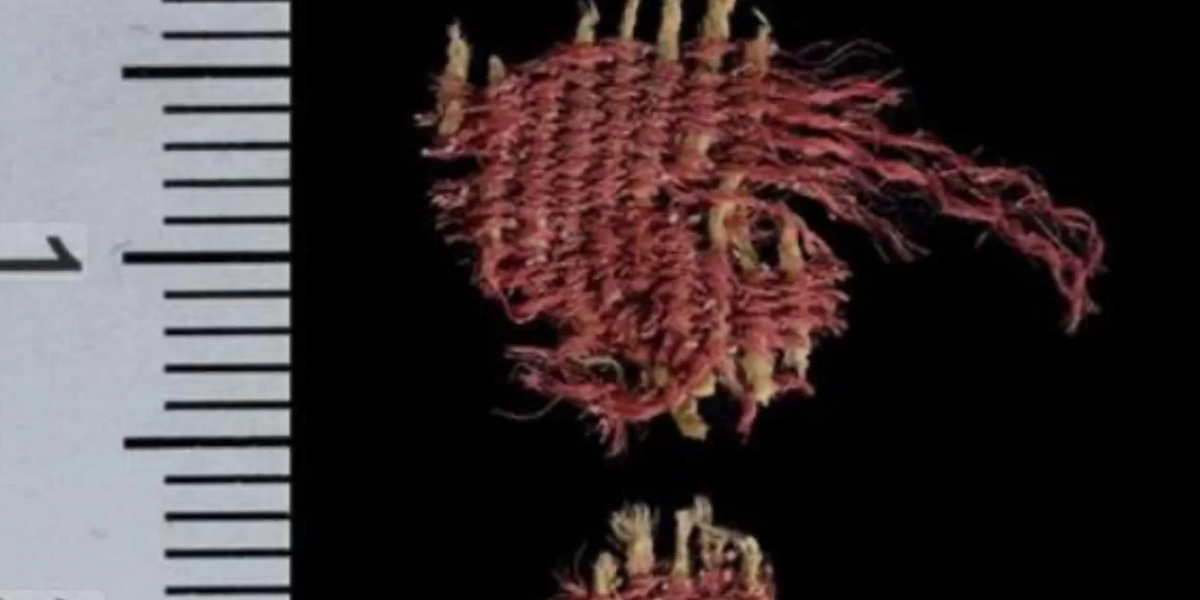
4000-year-old fabric dyed with insect dye discovered in a cave in the Judean Desert
Researchers have discovered fabric dyed with kermes (Kermes vermilio) in the Cave of the Skulls, which bears traces of the Middle Bronze Age. The piece of red fabric found in the Cave of the Skulls in the Judean Desert was made of linen and wool. Radiocarbon dating dated the fabric to the Middle Bronze Age,
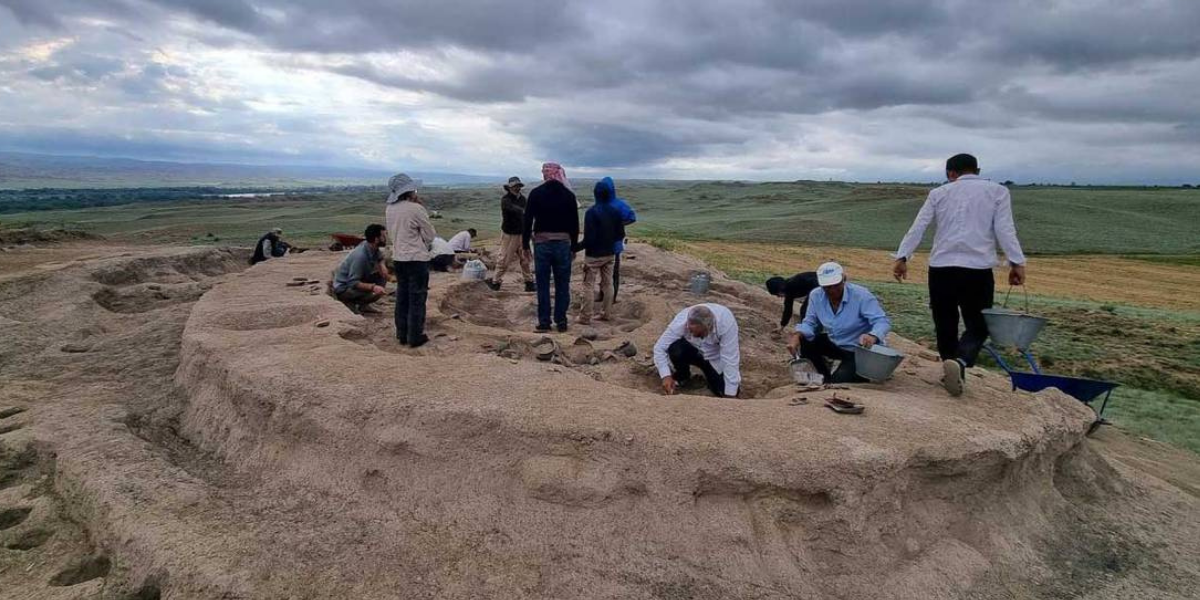
3500-year-old resting place used by nomadic peoples discovered in Azerbaijan
Azeri and Italian archaeologists have discovered a 3500-year-old rest stop used by nomadic peoples in Azerbaijan. Working in the area known as Tava Tepe, near the border between Armenia, Georgia and Azerbaijan, the team found the remains of a rest stop. According to the archaeologists, the monumental structure was used by nomadic communities moving between

Koressos Gate, one of the three known gates of the ancient city of Ephesus, will be unearthed
Excavation work has begun to unearth the Koressos Gate, one of the three known gates of the ancient city of Ephesus, one of the largest port cities of the ancient world. The Koressos Gate will be excavated by a team led by Professor Martin Steskal of the Austrian Archaeological Institute of the Austrian Academy of
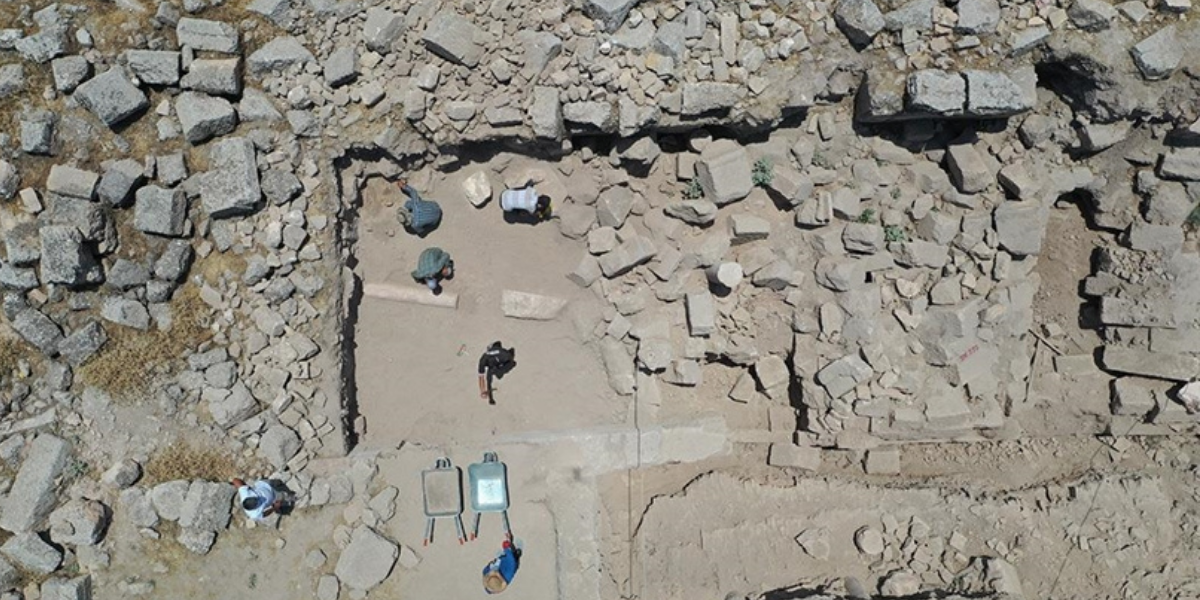
1500-year-old church is being unearthed in Harran Ruins
The excavations in Harran Ruins, one of the oldest settlements in the world, are uncovering 1500-year-old church ruins. Harran is a remarkable ruin with the Moon Temple dedicated to the Moon God Sin in the 4th century BC. Only the foundations and some wall remains of the Moon Temple have survived to the present day.

